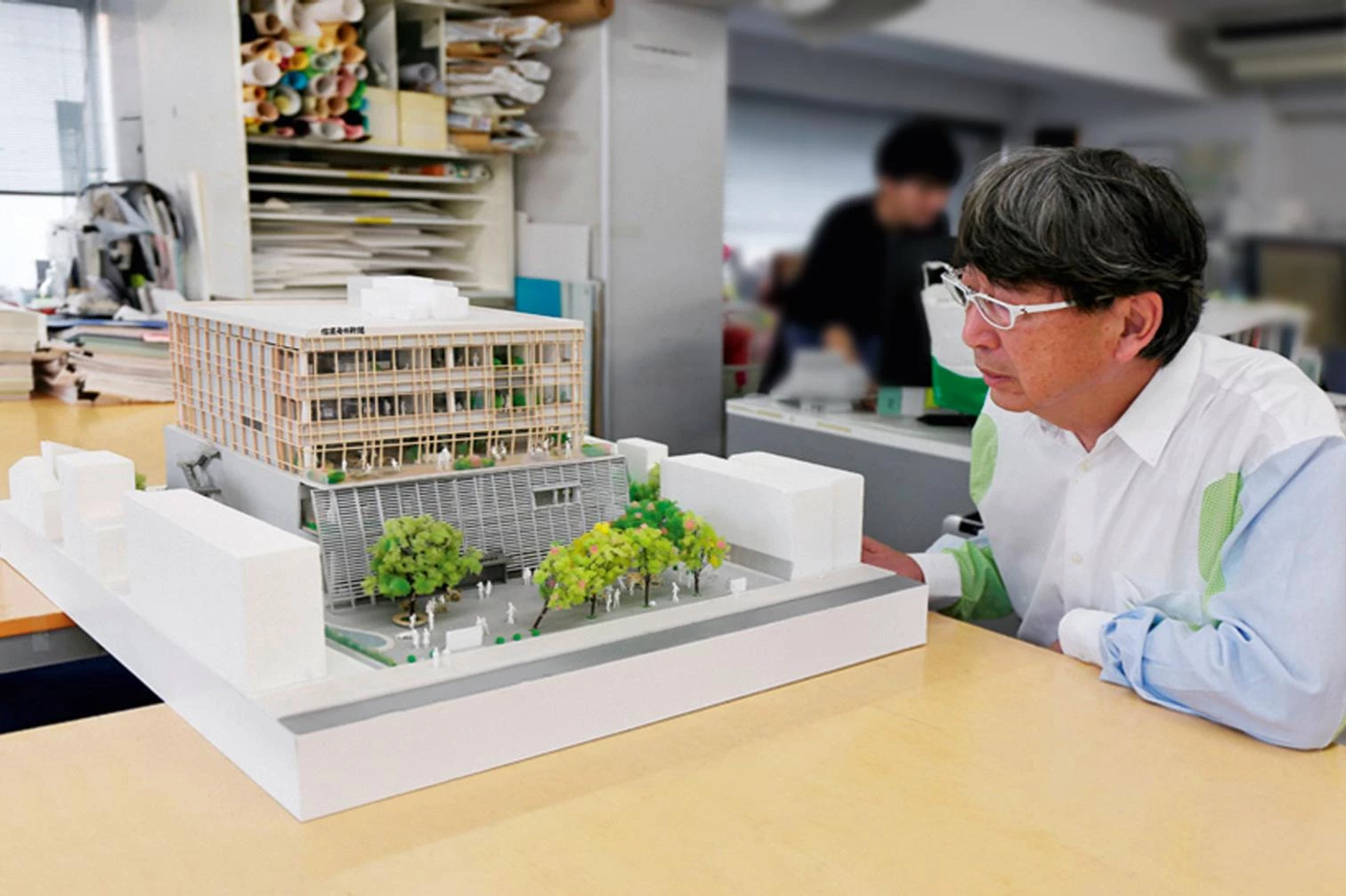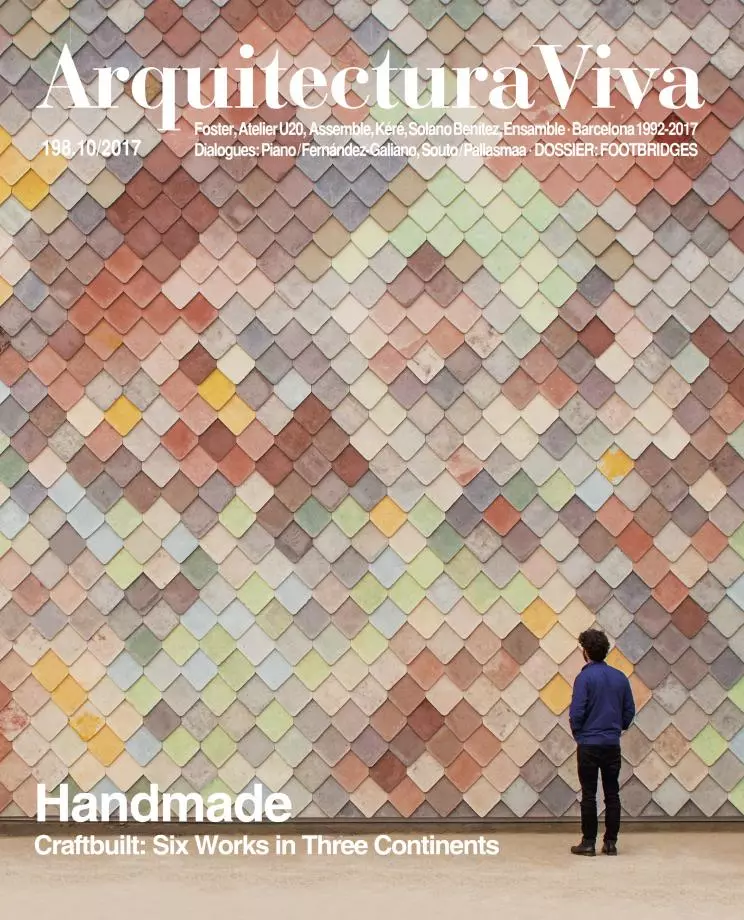
Created in 1961, the Gold Medal of the International Union of Architects (UIA) seeks to “honour professionals whose qualities, talents, and actions have had an international impact on the diverse sectors of architectural practice.” This sounds rather generic but it perfectly fits the latest gold medalist, Toyo Ito, a Japanese architect born in 1941 – in Seoul, South Korea – who four years ago, in 2013, won the architectural Nobel, the Pritzker Prize. Perfectly but with a nuance: the internationally influential Toyo Ito is not the Toyo Ito of today, with his increasingly incomprehensible formalist driftings, but the architect who during the 1980s and 1990s shook the panorama of the discipline with incisive essays and articles, introducing themes likes ‘nomad program’ or atmospheres (‘spaces with blurred edges’), and carrying out buildings that were highly iconic and coherent with his ideas, such as the Sendai Mediatheque (2001).
Toyo Ito, who accepted the medal on 6 September, joins a list of awardees that includes figures as prestigius as Hassan Fathy (1984), Rafael Moneo (1996), Renzo Piano (2002), I. M. Pei (2014), and his fellow-Japanese Tadao Ando (2005). Besides the Gold Medal, the UIA has given six other prizes in different categories, and the winners are Nicolai Shumakov (applied technology), Ashraf M. Salama (architectural criticism and education), Carin Smuts (quality of human settlements), Hoang Thuc Hao (reduction of poverty), and Patrick Abercrombie (urbanism and urban planning).





